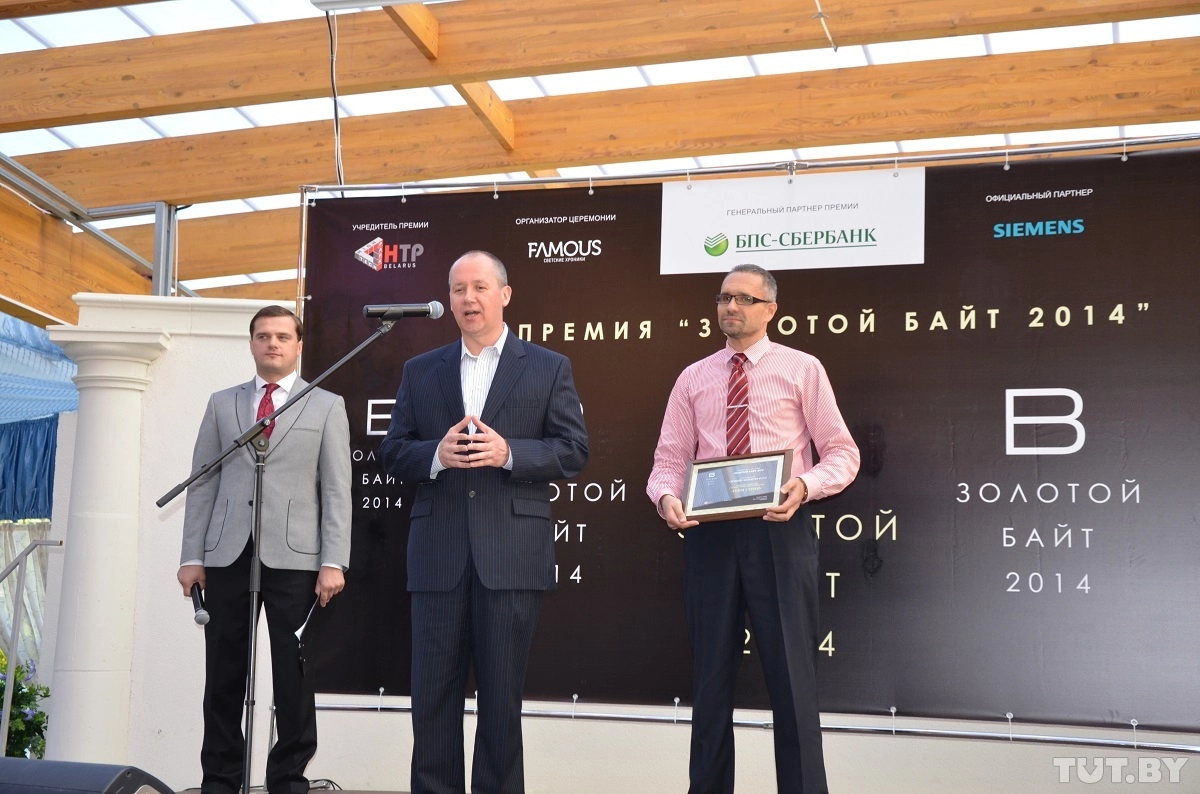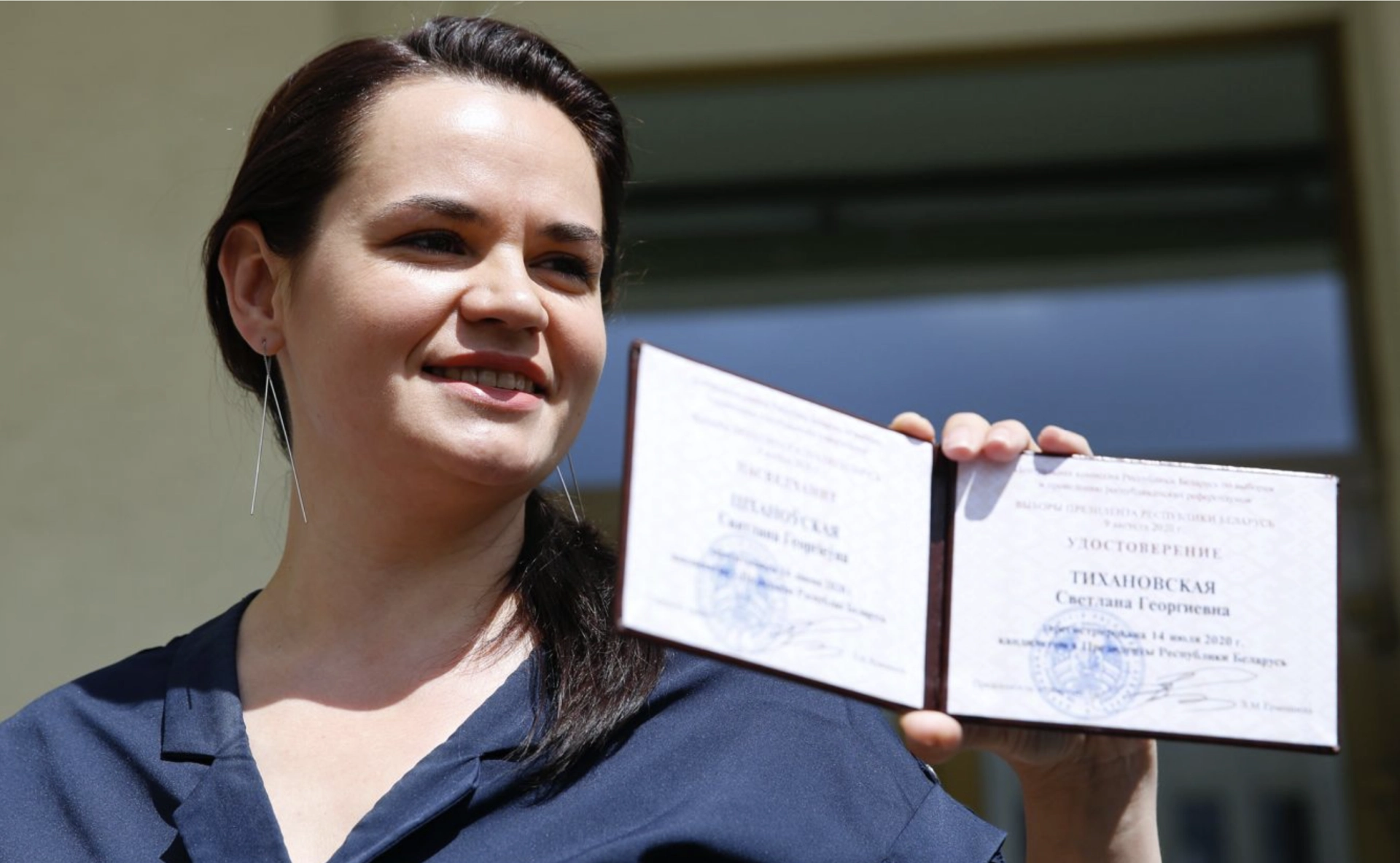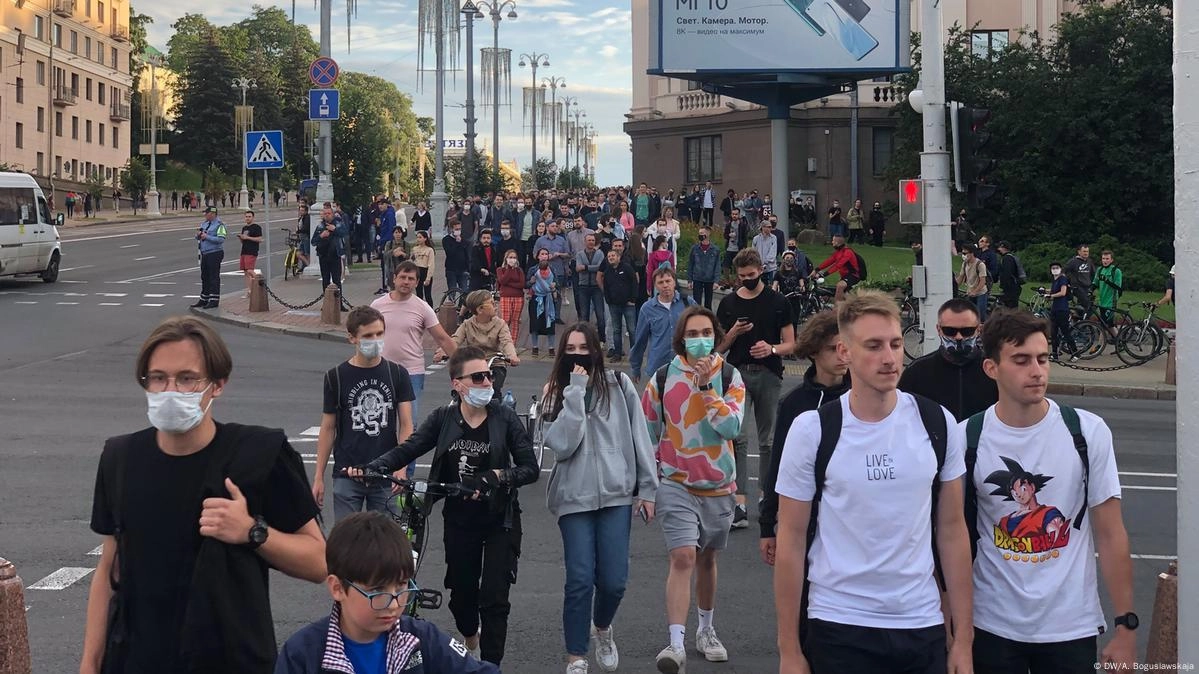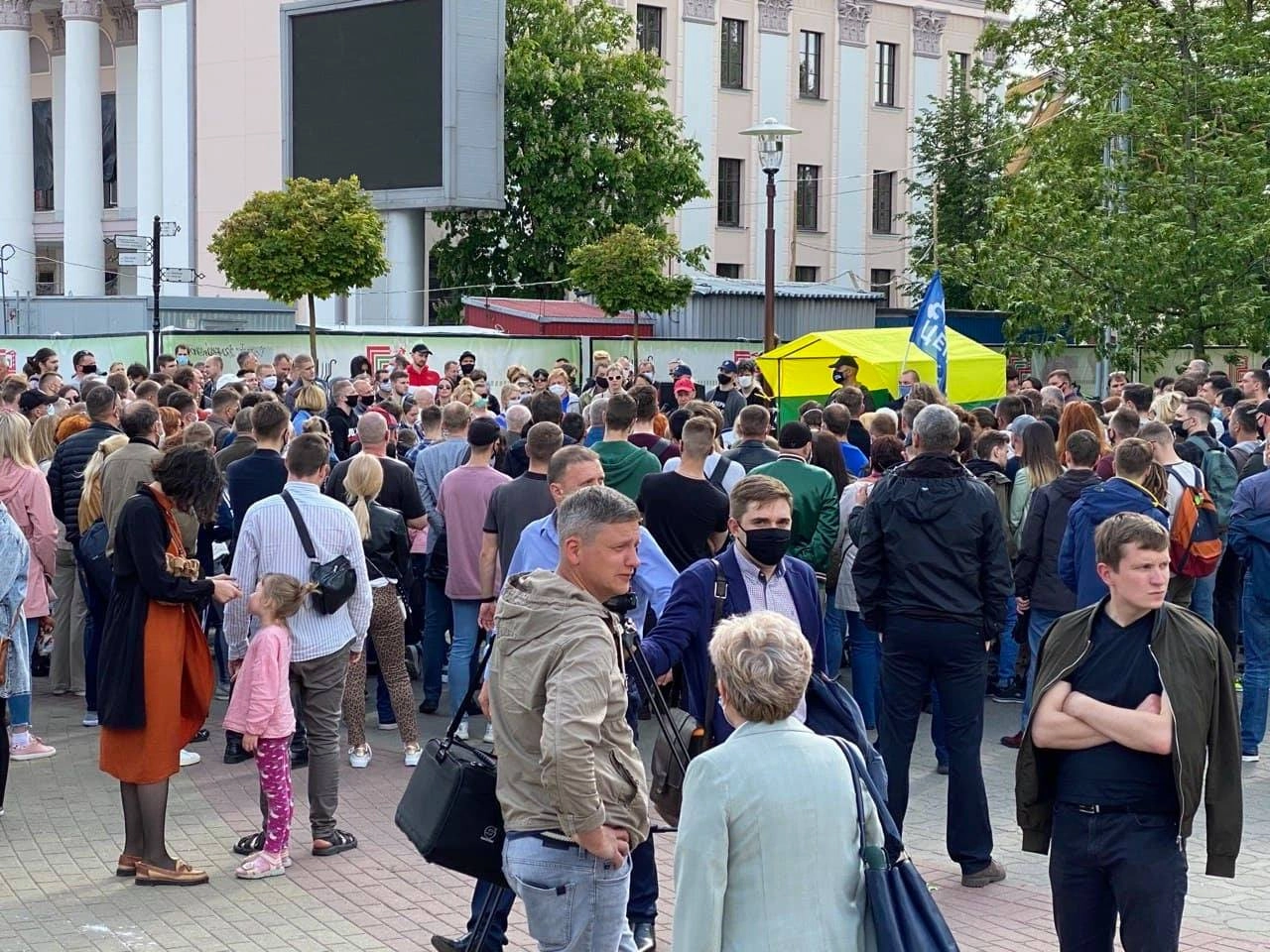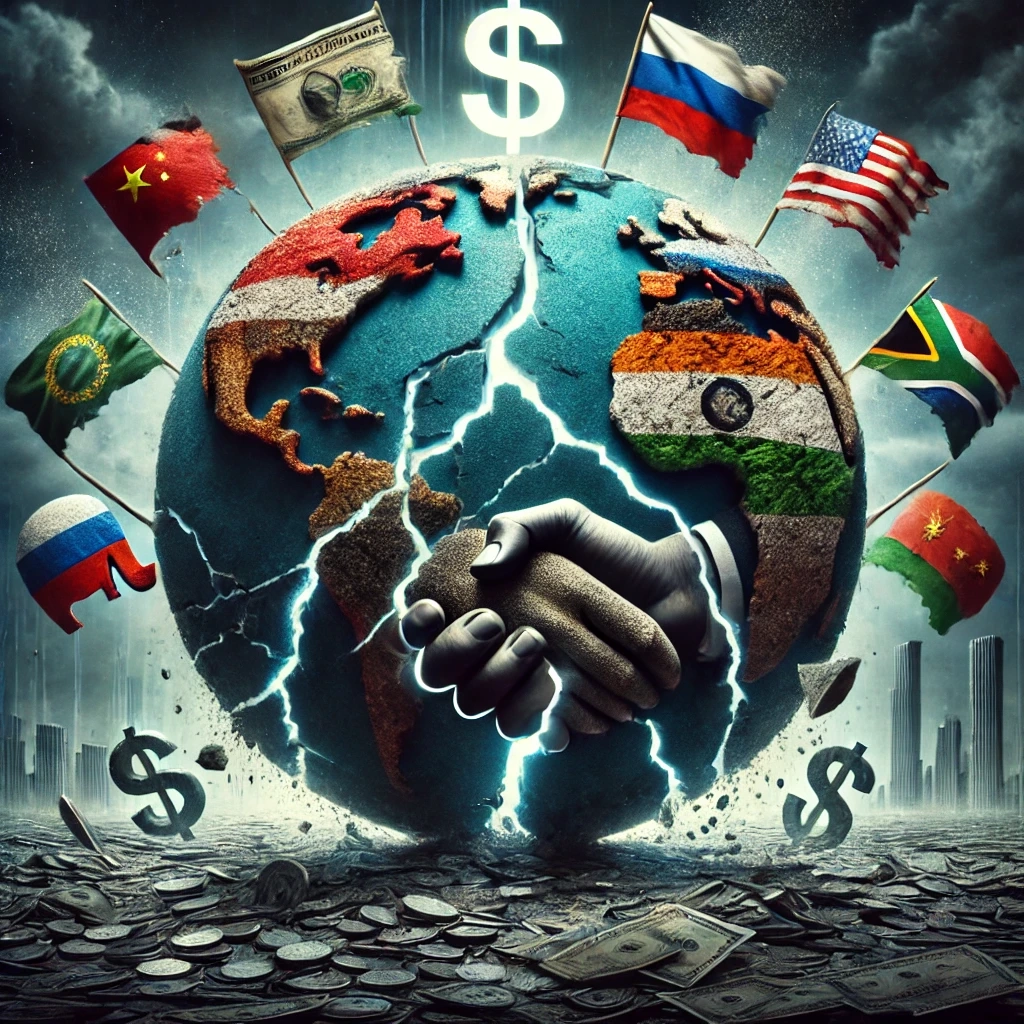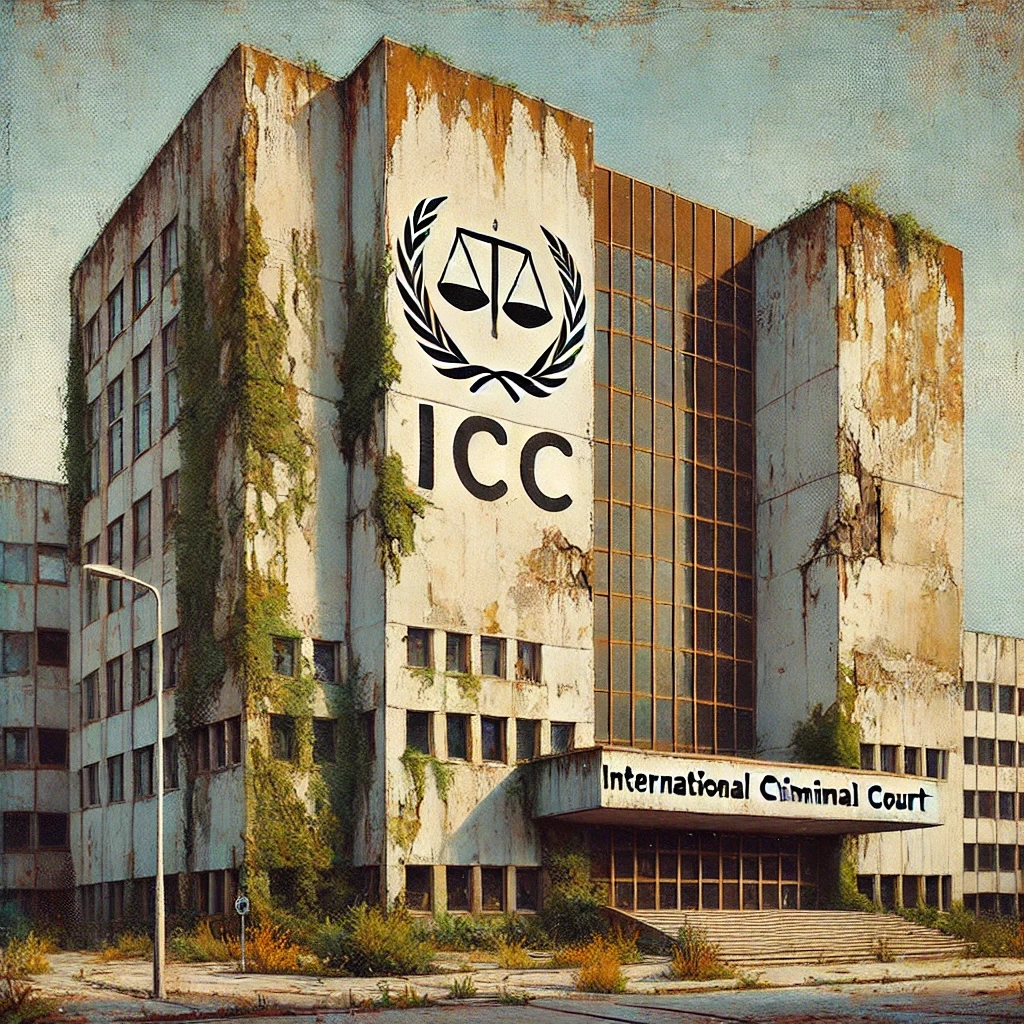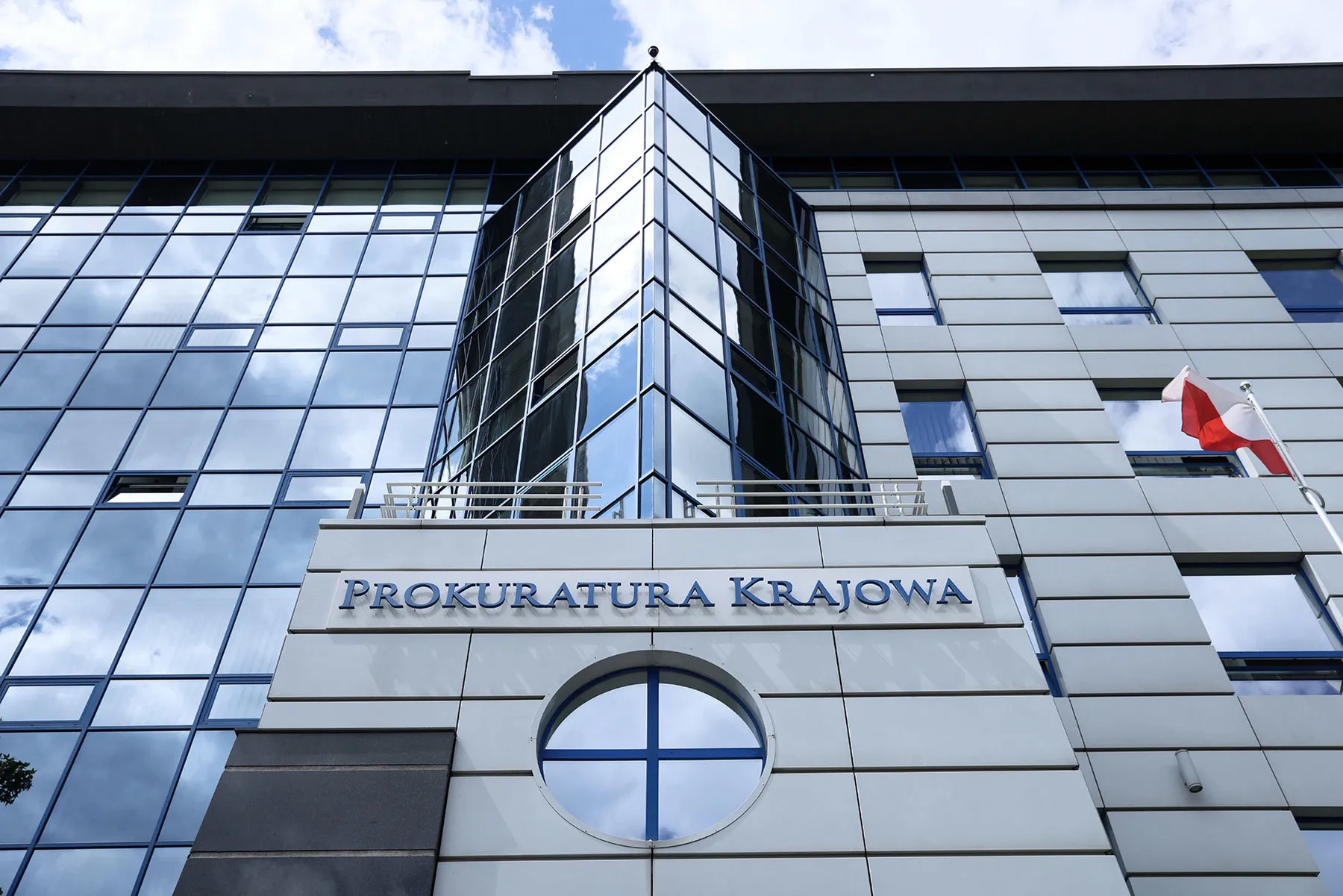Today, alongside discussions about ending the war in Ukraine, one of the most pressing global issues is the trade war sparked by the protectionist policies of the Trump administration. The U.S. president signed an executive order imposing a 25% tariff on steel imports, prompting predictable retaliatory measures from several countries. But will this move genuinely contribute to American economic growth?
To answer this question, I want to draw on my personal experience in trade disputes and share the arguments we once used during hearings at the Office of the U.S. Trade Representative. These hearings followed an open courtroom-style format, allowing for transparent debate and deliberation.
Novopolotsk Fiberglass.
In 2000, American fiberglass manufacturers accused the Novopolotsk-based company of dumping and demanded protective tariffs. After an investigation, U.S. authorities concluded that the Belarusian company was receiving government subsidies, classifying it as unfair competition. This decision threatened to effectively shut the U.S. market to the Belarusian producer.
The situation was further complicated by the fact that Belarus was not (and still is not) a member of the World Trade Organization (WTO), which meant international dispute resolution mechanisms were unavailable. A similar situation arose when BelAZ faced anti-dumping tariffs in India—despite high-level diplomatic interventions, the restrictions remained in place.
However, unlike in India, the U.S. offered effective domestic legal avenues for challenging such trade disputes. Although embassies typically do not intervene in commercial cases, at the request of Demidov, the deputy general director of Novopolotsk Fiberglass (regrettably, I do not recall his full name), I became involved. His participation was hindered by his lack of English proficiency and his deep understanding of the product and manufacturing process but limited knowledge of market dynamics and legal defense strategies.
I initiated proceedings at the Office of the U.S. Trade Representative under the hearing procedures established by the Trade Act of 1974. Simultaneously, I asked embassy staff to contact several computer hardware manufacturers that used Belarusian fiberglass in their circuit boards. Personally, I reached out to Boeing’s president, Philip M. Condit, whom I had met two months earlier at a WTO summit in Seattle. (During that meeting, we also discussed transitioning to American aircraft to replace the aging Soviet fleet—but that’s another story.)
Belarusian fiberglass was crucial in aircraft manufacturing for thermal insulation and was also used in NASA’s reusable space shuttles. However, engaging with NASA was futile since government space programs had no cost constraints—no matter how high, expenses were fully covered by the budget.
For commercial companies, however, pricing was a critical factor, directly impacting their competitiveness. At my request, these companies submitted petitions urging against sanctions on Belarusian products and sent representatives to the open hearings. With such strong industry backing, defending the Novopolotsk plant’s position became significantly easier.
On February 18, 2000, we secured a favorable ruling: the company was granted an import quota of 11.5 million square meters, with an annual increase of 6%. It was difficult to imagine a better outcome. As a testament to how advantageous this was for Belarus, I received special recognition from the "Belneftekhim" concern 😊, while Demidov was awarded a $15,000 bonus.
Belarusian Metallurgical Plant: A Second Battle
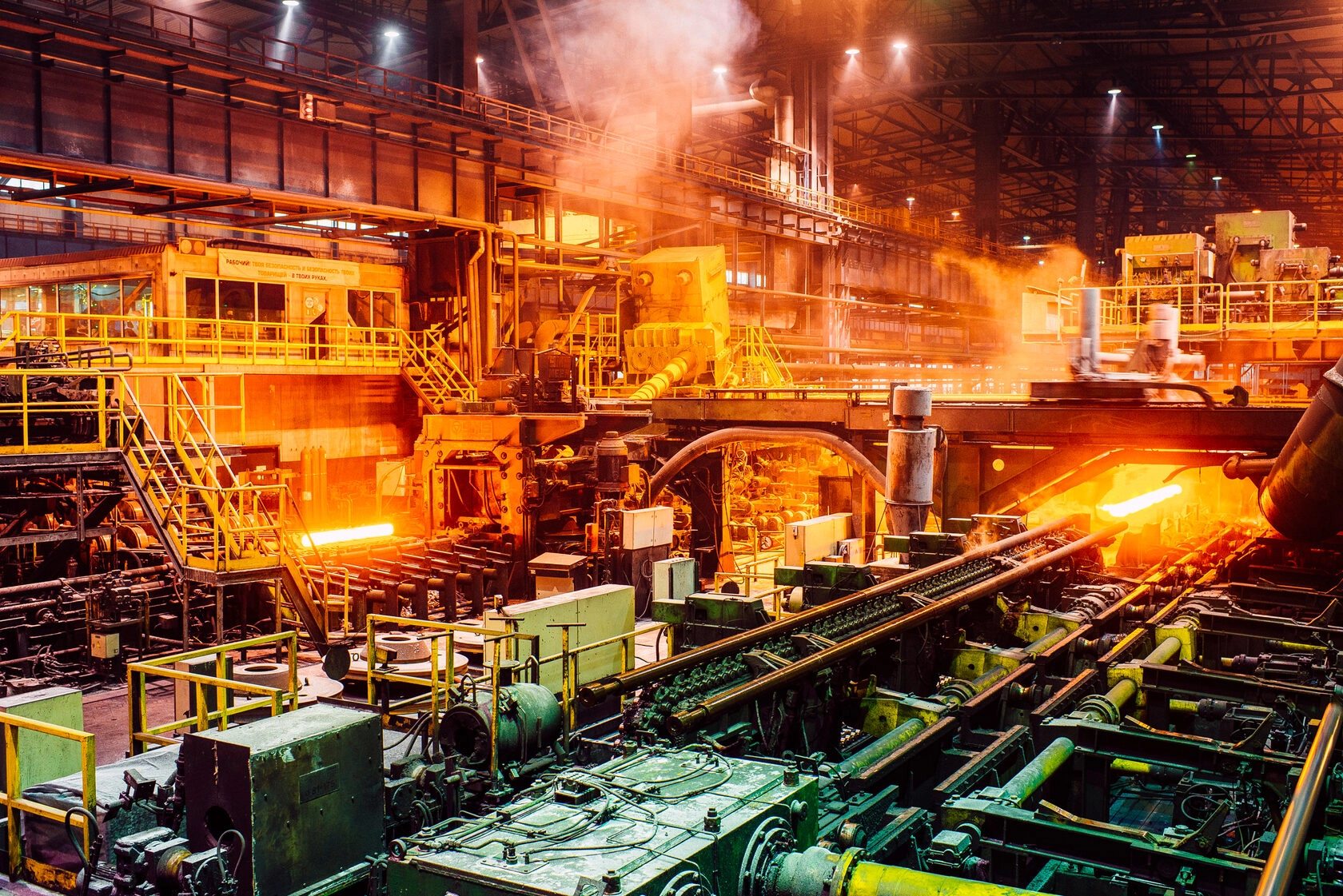
Just a few months later, a similar dispute arose—this time concerning Belarusian steel. To counter the potential sanctions, I engaged the following key stakeholders:
Goodyear, which imported Belarusian steel cord for tire production, making its products more competitive in global markets.
John Deere, whose leadership I had negotiated with to establish a joint venture with Minsk Tractor Works (MTZ) (a separate discussion is needed on why this ultimately didn’t materialize). The company relied on Belarusian steel products for agricultural machinery manufacturing. Other U.S. automakers also used Belarusian steel, but at that point, their involvement seemed unnecessary.
As a result of these efforts, sanctions were imposed only on low-grade structural steel used in construction. However, due to the ongoing global construction boom—which lasted until 2008—this did not negatively impact the Belarusian Metallurgical Plant. The factory successfully redirected its structural steel exports to alternative markets where demand remained high.
The Economic Lesson
In a globalized economy, economic policy must account for the interests of all market participants, not just selected domestic producers. The imposition of a 25% tariff on steel does not guarantee the outcomes Trump envisioned. While it may offer temporary relief to American steel manufacturers, it simultaneously threatens other industries—particularly automotive manufacturing, machine tool production, and other sectors where competitiveness hinges on raw material costs.
A protectionist approach might seem beneficial in the short term, but in the long run, it disrupts the delicate balance of international trade and can ultimately weaken the very industries it seeks to protect.
